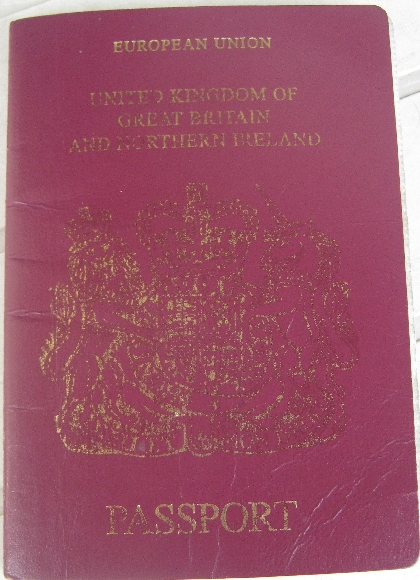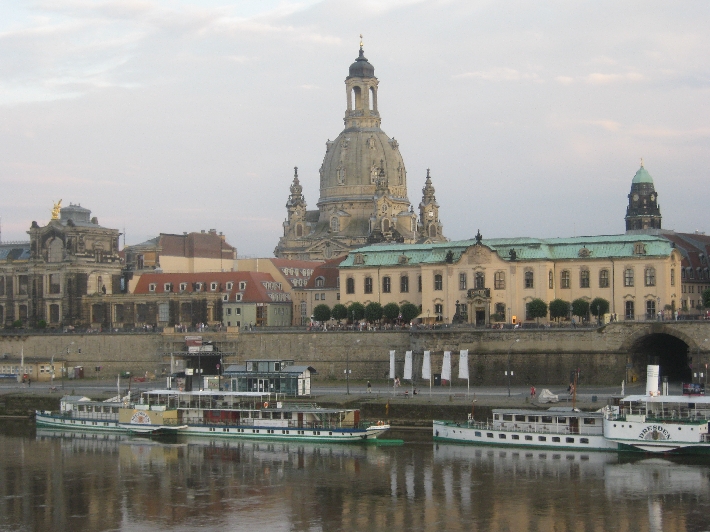
Just over two weeks ago, the UK voted by a small majority, in a non-binding referendum, to leave the European Union (EU). This result has left me, and around two million other UK citizens residing in other EU member states, living in Limbo-land, totally unsure about our future.
I have lived and worked in the Czech Republic since September 2008, on the basis of being a citizen of another EU member state. The free movement of people and labour is one of the founding principles of the EU. And as I wrote in a post earlier this year, it is my intention to retire in 2017 and live somewhere else within the EU, most likely in Spain. Now, because of the referendum, my future plans maybe completely scuppered.
There are two big questions to which I need answers. Firstly, will I as a British Citizen, be able to continue living within the EU, once the UK has made its Brexit? Secondly, what will happen to my UK state pension after Brexit? Let me explain more about each of these in turn.
The migration of many citizens from the countries of Central and Eastern Europe into the UK, and the perceived strain this has put on health, education and social services, was one of the major complaints of those arguing for people to vote ‘leave’. This despite the fact that most of these ‘immigrants’ are in employment, paying tax and national insurance, and frequently doing the jobs that British people don’t want to do. This news item that I read this morning, illustrates precisely the point I’m making.
If, as part of the UK leaving the EU, the ability of EU citizens to live and work in the UK is curtailed, the governments of the other 27 EU member states will not look kindly upon us Brits living in their countries. I would like to use the lump sum from my Church pension scheme, to purchase a small home in which to spend my retirement. But what do I then do if I’m told I cannot live their because I’m no longer an EU national?
I may have to seriously consider changing my nationality. I am given to understand, though have not yet thoroughly checked it out, that I could apply to be Czech as I’ve lived here for more than five years, and being over sixty, would not be required to pass a language test. The other alternative would be to become German because of being married to one. Sybille and I have been married to each other for nearly eleven years. Apparently, I could become German after being married to her for just three years. However, those three years of married life together, need to have been spent living in Germany 🙁 Ours have been spent in the UK and then in the Czech Republic.
Before leaving the UK in 2008, I had just completed paying sufficient National Insurance contributions to be entitled to receive the minimum UK state pension upon retirement. Since beginning work in the Czech Republic, I and the Church as my employer, have been making Czech social security payments, which means I will in due course, receive a small additional pension from the Czech state.
Under current EU regulations, those two state pensions would be combined and paid to me wherever I would be living within the EU in retirement. More importantly, that pension would be regularly uprated each year. But if Brexit happens, there is every likelihood that the UK part would be frozen and not increased in future years.
Unfortunately, nobody can provide answers to my two big questions, nor can they tell me when I might reasonably expect to receive answers. All those responsible for this mess are busy resigning. Messrs Cameron, Johnson and Farage have rightly been described as ‘rats abandoning the sinking ship’. They only concern they seem to have is for themselves. Meanwhile, I’m left living in Limbo-land 🙁



















